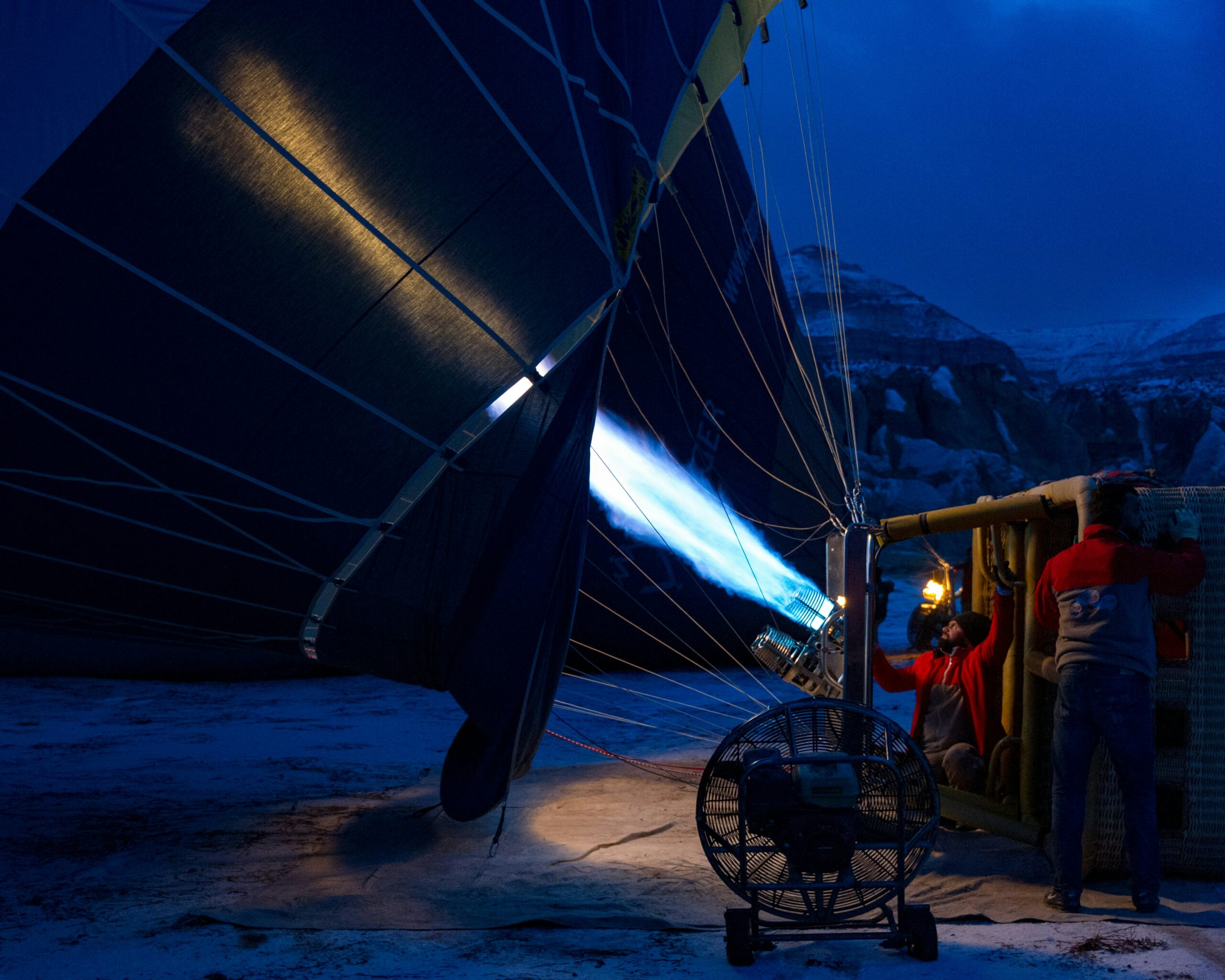When the summer sun blazes and your home turns into a stifling oven, the comforting hum of your air conditioning unit becomes a cherished sound. It’s the persistent rhythm that heralds cool relief. But what happens when that comforting noise transforms into an unsettling silence? When your outdoor AC unit is dormant, it can send shivers down your spine. This article will guide you through the labyrinth of troubleshooting the peculiar phenomenon of a silent outside air conditioner, ensuring your home remains an oasis of comfort.
First, let’s start by painting a vivid picture of the situation. You pull open the curtains, the heat is unbearable, and you glance expectantly toward your outdoor AC unit, only to see it sitting eerily still. For the untrained eye, it may seem like a reservoir of potential problems. But fear not! Understanding the intricacies of your air conditioning unit could shift your perspective from despair to empowerment.
Before diving into the myriad of issues that might cause your outside unit to fall silent, it’s vital to establish a fundamental understanding of how these systems operate. At the heart of every air conditioning system lies the compressor, typically nestled within the outdoor unit. This mechanical marvel is responsible for circulating refrigerant through the system, absorbing heat from the interior and releasing it outside. When this central component comes to a standstill, the entire system falters, resulting in the serenity of silence that is both unnerving and unwanted.
Perhaps the most frequent culprit behind a non-operational AC unit is power. It may seem rudimentary, but conducting a thorough examination of your electrical connections is paramount. Check your circuit breaker or fuse box to ensure the AC unit hasn’t tripped a breaker or blown a fuse. These small hiccups are often overlooked but can lead to significant frustration. Reset the circuit if necessary and see if life resumes in your unit.
If power isn’t the issue, consider the thermostat’s role in this silent tragedy. Sometimes, a simple misconfiguration—setting the thermostat to the “off” position or adjusting the temperature setting too high—can inadvertently render the system inactive. Checking the thermostat interactions marks a crucial first step in diagnostics. Remember, technology can be capricious, and recalibrating your settings could breathe life back into your AC.
Next on our list of potential failings is the outdoor unit itself. The physical exterior of the unit is often subjected to the elements—dirt, debris, and even vegetation encroachment can restrict airflow and suffocate the system. Regular cleaning can work wonders! To spark your curiosity, imagine the difference a thorough scrub and trim can make. Remove leaves, dirt, and any obstructions from around the unit to allow it to breathe again. Like a deep clean for your lungs after years of smoke, this attention to detail can revitalise performance.
Should cleaning and reset fail to ignite your air conditioning unit back to life, it’s time to investigate a more complex issue: the capacitor. This component stores energy and provides the initial jolt needed to get the compressor running. If the capacitor is faulty, it may never send that crucial signal for the AC to start. Testing the capacitor typically requires specialized tools; however, if you hear a “click” when the AC is supposed to start, but it remains idle, that could be your red flag. A professional technician will be needed to assess the capacitor and, if necessary, replace it. Understanding this complexity opens up a new dimension of perception—recognizing that your AC system holds a wealth of intricate mechanical parts working harmoniously to cool your space.
At this juncture, it would be unwise not to mention refrigerant levels. Lamentably, low refrigerant is a common problem that can both silence your outside unit and diminish the overall efficiency of the system. Leaks often go unnoticed and can wreak havoc on your cooling capacity. Technicians can perform a refrigerant charge test to assess levels—however, a DIY enthusiast might find this to be a bridge too far. Recognizing your limits and calling in an expert can save you time and ensure that the job is done right. This speaks to a fascinating realization: sometimes, the best troubleshooting tactic is knowing when to seek assistance.
Another notable point of inquiry relates to the contactor switch, which controls the power to the compressor and fan. If the contactor is defective, the unit may experience a failure to start. This component is relatively inexpensive and straightforward to replace, yet many are unaware of its significance in the overall performance of the air conditioning system. With a bit of research, you can uncover the deeper mechanics that govern your home’s comfort.
Finally, if all else fails, you might find solace in understanding that modern air conditioning units are equipped with a plethora of safety features designed to protect the system from overheating or electrical faults. These include overload switches and pressure switches. While inconvenient, these built-in protective measures can prevent permanent damage to your system. Engaging with these concepts adds an inspiring layer of depth to the troubleshooting journey, helping you appreciate the complex ballet of engineering and technology at play.
In conclusion, when faced with the eerie quiet of a non-functioning outdoor AC unit, reframing the situation as an opportunity to delve deep into maintenance and diagnostics can illuminate your path forward. From power checks to intricate electrical components, each step you take toward resolving the silence enriches your understanding of your air conditioning system. In unveiling these hidden complexities, you cultivate not only a more significant sense of control but also reignite the rhythmic hum of cooling comfort during the sultry heat of summer.
